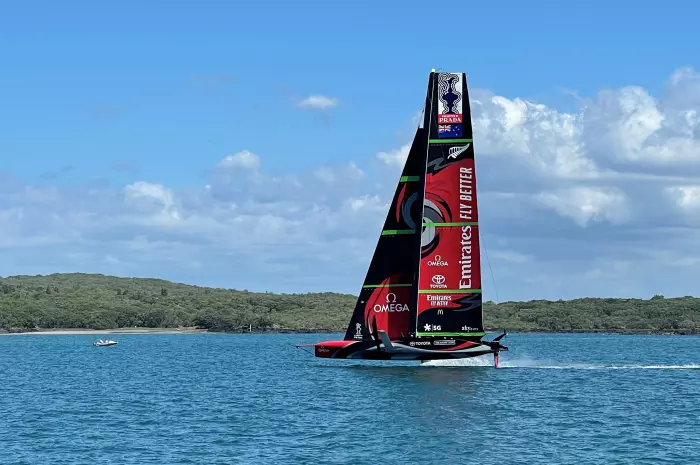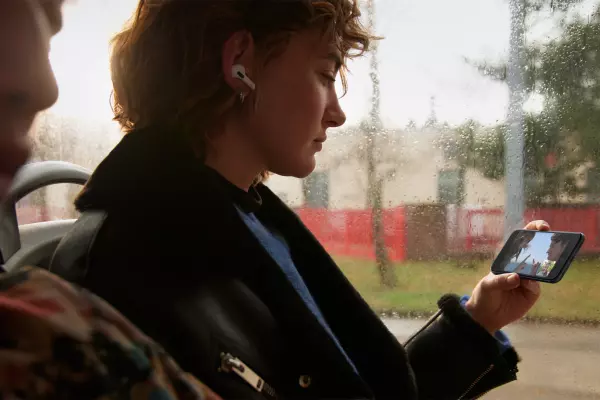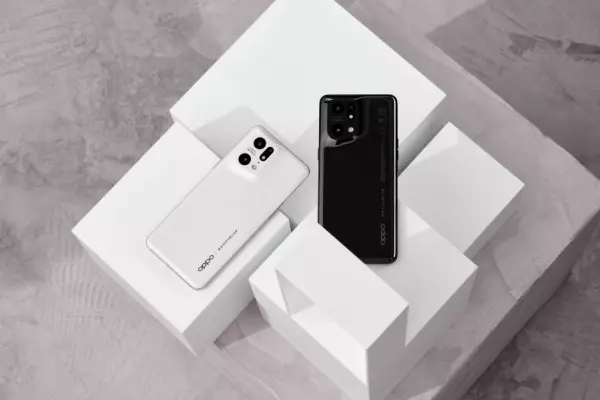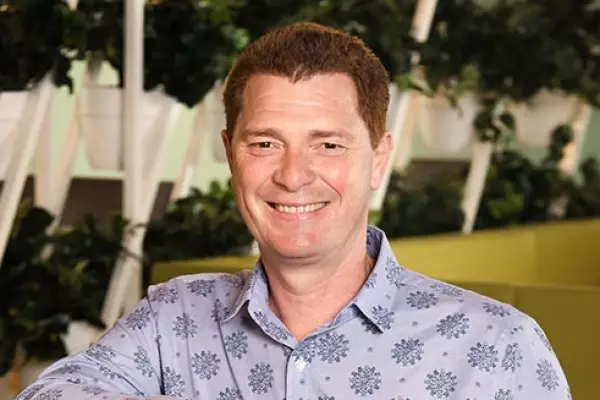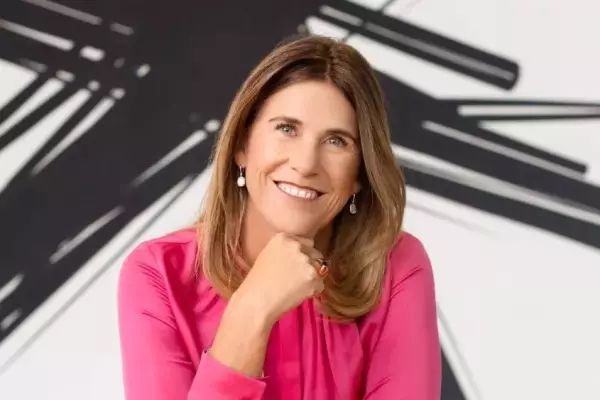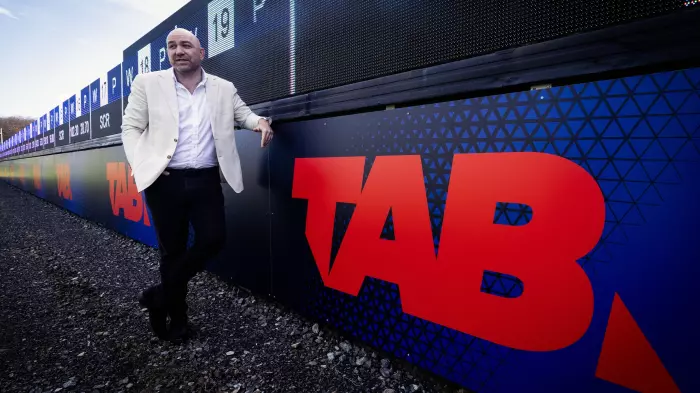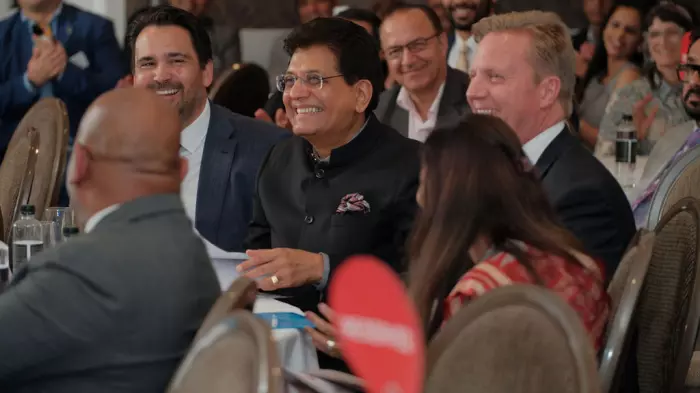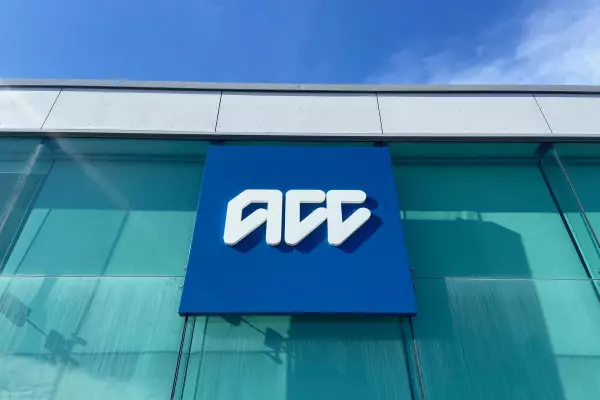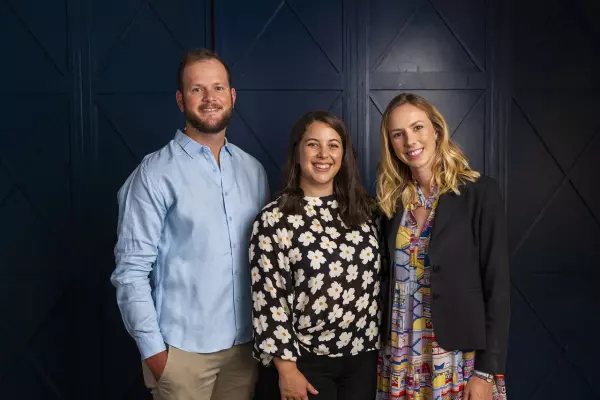The graphics used in television coverage of the 36th America’s Cup had to be redesigned from the ground up after similar technology from previous years could not be used by Emirates Team New Zealand, which faces off against Luna Rossa in a warm-up race today.
“Who knows the politics of the America’s Cup?” Ian Taylor, Animation Research Ltd — ARL — founder told BusinessDesk.
“It became clear they needed to find another way to do those graphics, that’s where we stepped up and said we’ve got 18 months to find a solution to this to make sure we do this boat justice. The testing we’ve seen this week, it looks like we’ve managed it.”
Taylor and his team were tasked with building a new graphics package that shows TV viewers where the boats are on the race circuit, a picture difficult to communicate with broadcast images alone. Their solution is to overlay graphics using augmented reality — AR — technology combined with the live broadcast images.
“Our job is to graphically show people who is in front,” said Taylor.
Although ARL’s pioneering technology at the 1992 America’s Cup using 3D imagery was the industry standard for years, advances at recent America’s Cup events in San Francisco and Bermuda with alternative technology merged live pictures with AR. Taylor said some of this work was done by 1st & Ten, the AR graphics system used in American football coverage.
“We had to find a way to do how that was done in a different way because there were patents out around all sorts of different stuff,” said Taylor.
“The biggest challenge for us is the speed of the boats. We have never dealt with boats that consistently travel at this speed.”
Veteran approach
Taylor and his team are the brains behind Virtual Eye, the graphical technology that helps viewers by visualising things like ball line and length in cricket and golf. Bringing that over to sailing allows them to track boats using similar methods.
Because of patents held by other companies, ARL had to take a different approach.
“The logical way to do this is to combine the data you have from the camera in the helicopter with the data you’re getting off the water from the boats,” Taylor explained.
“At least you know where the boats are, they are sending you accurate positions, you know where all the marker buoys are, you know where everything is on the course. Well, we had to find a system that says we can’t use any of that stuff on the course.
“We’ve developed something that repeats that amazing stuff that was introduced by Russell [Coutts] and his team in San Francisco and Bermuda. We’ve come up with a different way of doing it which is done using new technology and it doesn’t need any data from the course at all.”
Taylor added he doesn’t patent any of ARL’s similar creations because he believes patents slow down technological advances.
The situation means ARL has developed a programme that largely relies on data obtained and processed from the television cameras aboard low-flying helicopters.
“We are doing augmented reality where we put the stuff over real pictures, so we had to find a way to do that over real pictures out on the water with boats that travel at 50 knots,” said Taylor, who said what has been achieved wasn’t technologically possible as recently as 2017.
“These boats are so fast that currently, it seems the only camera vehicle that can keep up with them is the helicopter.”
Time to shine
As well as the graphical challenge, ARL has developed a new online 3D viewer for people to watch race replays and understand the America’s Cup. The browser-based programme replaces the mobile app from previous years that showed similar data.
A couple of other members of the team have been along for the whole ride.
“Paul Sharp our programmer wrote our first programme for the America’s Cup,” said Taylor.
“He’s sitting across here in the cabin writing more code for this one, he’s still doing it. It’s quite incredible.”
Stu Smith, also still on the team, was a founding member of ARL. He and Sharp are both shareholders.
With the America’s Cup running in Auckland until March, Taylor hinted there is room for additional technological advances.
“We’ve got till March and there are definitely some things going on in our plans … we’re starting to see the advantage of AI, neural networks, they’re offering all sorts of other opportunities to do things differently so we’re exploring a lot of those.”
The dedication to making the product is evident, but it is all clearly driven by Taylor’s passion for the sport.
“This has never been a boat race, it has always been a race of technology,” he said.
“I watched a practice the other day when Team New Zealand were out on their own and people liken this to the Formula One. Well, this boat is way more exciting than a Formula One car. It’s like a living beast. When they were out by themselves, I watched 23 minutes of one boat racing by itself and it was gripping.”


